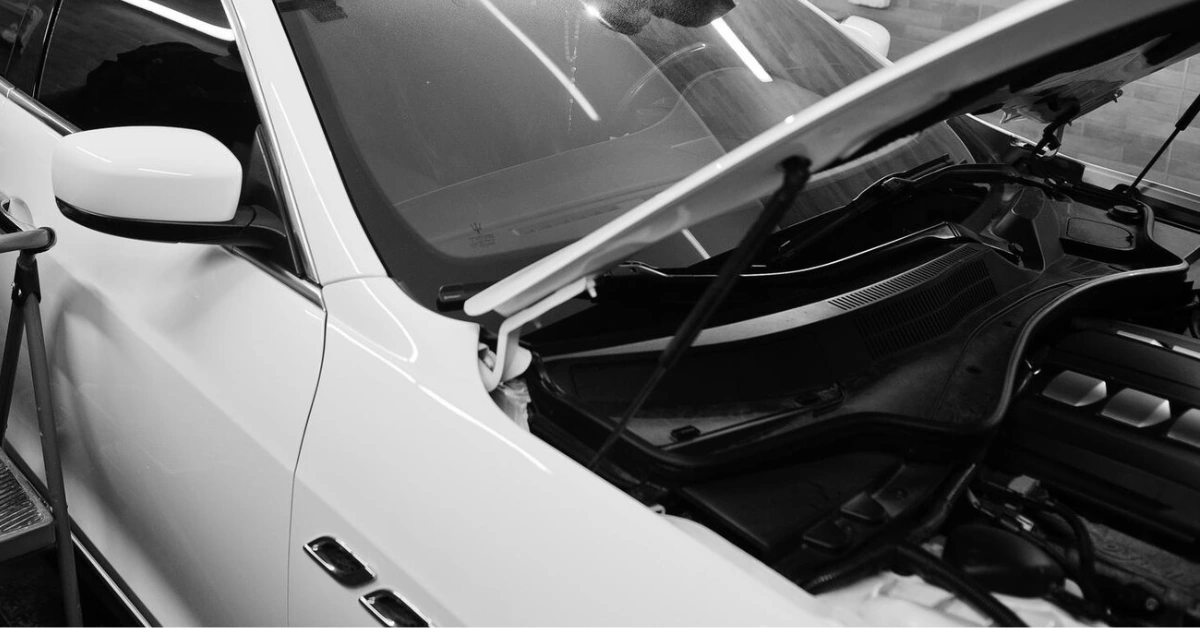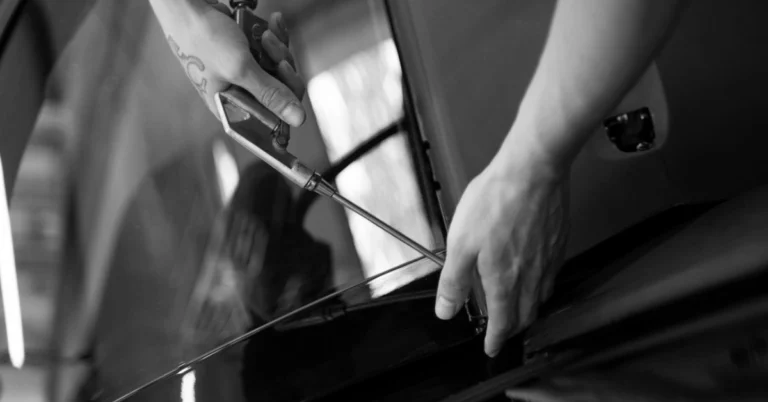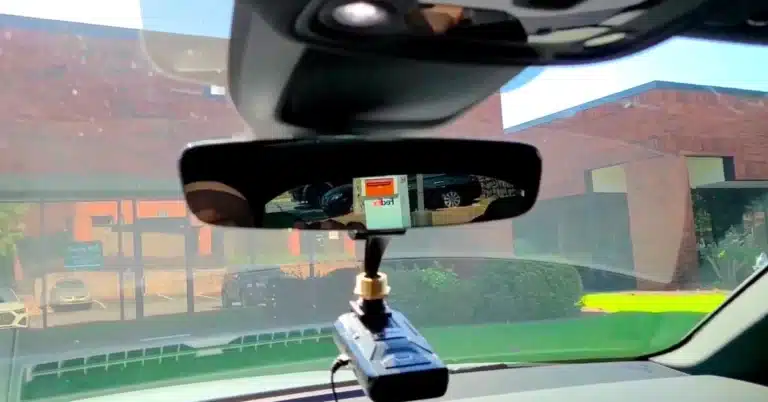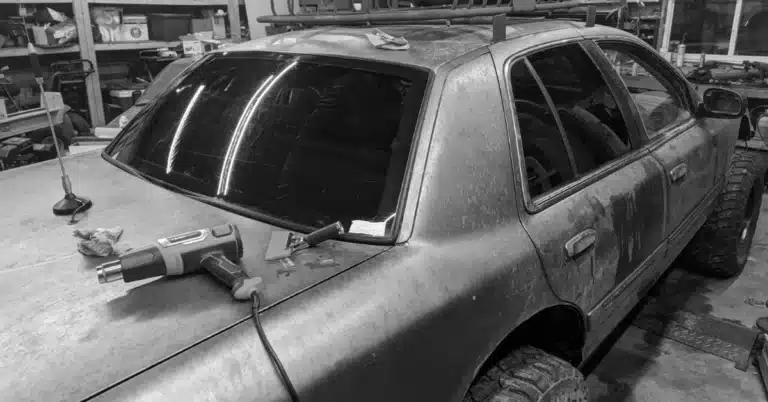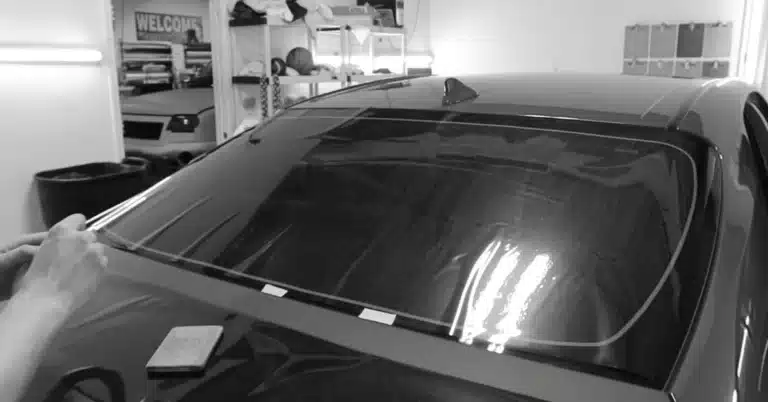Have you ever wondered how different types of automotive window tints differ from one another?
There are different types of window tint films available in the market. From 5% to 70%, the options are versatile and endless.
And each of them has their different properties and workability.
Here, I will discuss 5 vs. 20 Tint and also advise which of these automotive window tints will be a better choice for you.
Keep on reading the article to find out more about the same.
Read More: 15% vs. 5% Tint
5 vs. 20 Tint
Overview Of 5 Tint
Just as the name suggests, the 5 Tint is actually a 5% automotive window tint that is specially made to let 5% of the visible light pass through while blocking the remaining 95%.
Because this tint film is made to block almost all the visible light, it is extremely dark in color and provides the utmost privacy, protection, and safety.
However, because of its dark appearance, this window-time film is illegal in the US and the local authorities might even take action if they spot you with the 5% tint film.

Overview Of 20 Tint
Also known as the 20% windshield tint, 20 Tint is a type of automotive tint film that allows just 20% of the visible light to pass through while blocking the remaining 80%.
As it is made to block such a significant amount of visible light, this tint film is quite dark in appearance and provides adequate privacy to the car cabin.
Moreover, it also blocks high UV rays and heat for extraordinary comfort in the car.
However, there is a slight drawback, and that is, this window tint film is a bit expensive and might feel out of your budget sometimes.
Read More: 30% vs. 35% Tint
Comparison Table
There are some major differences between 5 Tint and 20 Tint. To know more about these differences at a glance, go through the table below.
I have summarized the differences for your better understanding.
| Properties | 5 Tint | 20 Tint |
| Darkness | Extremely Dark | Darker |
| Privacy | Excellent Privacy | Better Privacy |
| Visible Light Passing | 5% | 20% |
| Visible Light Block | 95% | 80% |
| Visibility | Reduced Visibility | Better Visibility |
| Legal Restrictions | Not Legal | Not legal in many states |

What Are The Differences Between 5 and 20 Tints?
Now that you know how 5 Tint and 20 Tint differ, go through the in-detail discussion below. I have talked about the differences elaborately for your better learning.
Darkness
When it comes to the darkness of 5 and 20 Tint, there is a significant difference between them.
For starters, as 5% window tint allows just a negligent amount of light to pass through, it is very dark. This tinted film is almost opaque, and hence, you cannot see past it in any way.
Because of such a dark appearance, the 5% window tint not only provides top-notch privacy but also blocks damaging UV and heat for the utmost comfort.
On the other hand, even though 20% tint film is a bit less darker than the 5% tint, it still offers incredible privacy and comfort.
It can also block a significant amount of UV and heat to ensure coolness and comfort in the car cabin.
Visibility
The visibility of both the 5 Tint and 20 Tint also differs greatly.
For instance, as the 5 Tint is extremely dark, it has issues with visibility. This window tint film doesn’t offer as much visibility as the others in the market.
However, when it comes to 20 Tint, it has enhanced visibility and makes sure that you have a clear view to drive safely, even in the dark.
Legal Restrictions
One important thing about automotive window tints is that they have to meet legal measures before you install them in your car.
However, the 5% window tint doesn’t meet the legal measures. As this window tint is extremely dark, it is illegal to use it on your car.
On the other hand, 20% tint is also not legal in many US regions. You have to check with the authorities first before putting it on your car window.

Which is darker, 5% tint or 20%?
A 5% tint is darker than a 20% tint. The percentage refers to the amount of light allowed to pass through the tinted window.
With a 5% tint, only 5% of light is transmitted, making it significantly darker than a 20% tint, where 20% of light can pass through.
Is 20% tint really dark?
A 20% tint is moderately dark but still allows a fair amount of light to enter.
It provides a noticeable tint but typically allows good visibility both during the day and at night.
However, the darkness of a tint can be subjective, influenced by factors like the vehicle’s interior color and external lighting conditions.
Which is darker, 5% or 20% tint?
A 5% tint is considerably darker than a 20% tint.
The lower percentage indicates less light transmission, making a 5% tint significantly darker than a 20% tint, which permits more light to pass through the window.
What Andy Thinks on 5 vs. 20 Window Tint
From the 5 vs. 20 Tint comparison, it is very clear that both these tint films have their own set of benefits and disadvantages.
And while there are drawbacks to both window tints, I would still suggest getting the 20% Tint rather than the 5% one.
That is because, besides offering incredible privacy, visibility, and comfort, this tint film isn’t illegal in all the US states. Where it is legal, this tint will provide amazing services.

